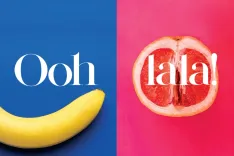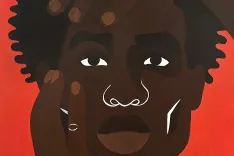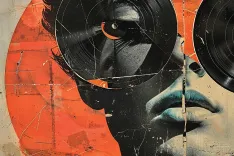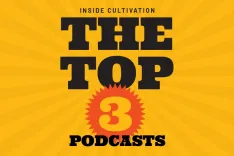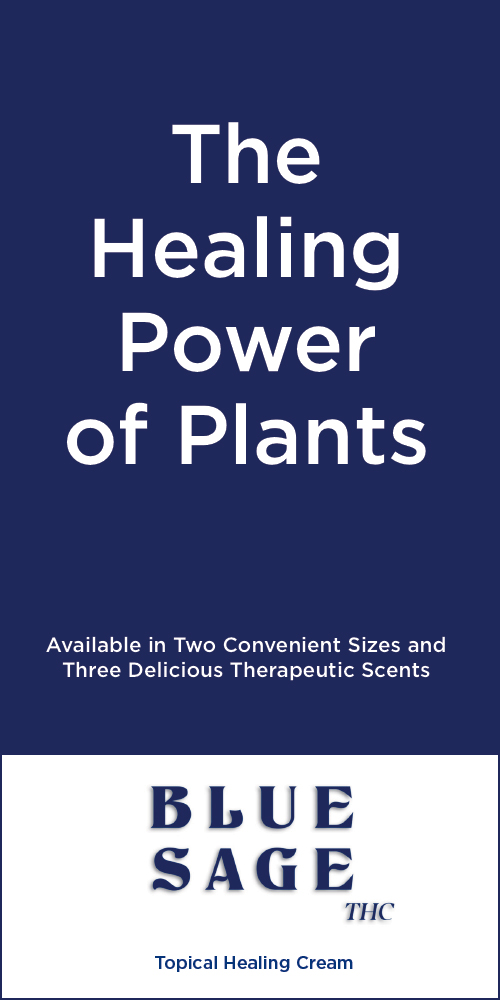The Talking Trees
Good news for anyone who has ever been so stoned that fiddle-leaf figs start playing tunes and pot plants whisper, “Hi, cutie!”: you may have been as high as a California redwood, alright, but it turns out you might not have been totally imagining things either.
Written By: ADAM TSCHORN

The concept of plant sentience—the belief that plants are capable of cognition, communication, and even human-like learning—has been spreading its roots in the pop culture imagination for more than a half-century thanks to the 1973 book The Secret Life of Plants. Authored by Peter Tompkins and Christopher Bird, it describes fantastical accounts of human-plant interaction.
The most famous of these involves a CIA interrogation expert named Cleve Backster who, after connecting a lie detector to one of his houseplants, found that the polygraph needle spiked wildly when he began to contemplate torching one of the plant’s leaves. The conclusion: plants could read his mind.
It also recounts the experiences of a Japanese couple, the Hashimotos, who used a similar device to strike up a conversation with a household cactus which apparently preferred chatting with her over him, notes the book), eventually teaching it to count and add up to twenty in electronically modulated “cactese.”
A few years later, researchers at the Damanhur Foundation in the foothills of the Italian Alps took it a step further; they used biofeedback devices to teach a plant how to drive a small robot cart (I am not making this up. See grainy footage of proof on YouTube).
It was during a visit to Damanhur more than a decade ago that Emerald Spirit Botanicals’ Katie Jeane was first introduced to plant music as a way of interacting with the world of leafy greens. She describes hearing a plant for the first time as an “incredibly profound” experience.
“It was just completely mind-blowing,” she said. “It was 2013, and I was with a bunch of other plant practitioners, and I remember that the plant responded differently to different people’s energy. One person would go sit with the plant, and it would create one sound. Then another person would sit with the plant and it would create a different melody or a different rhythm.”
A technical point: What you’re hearing in these instances is a plant’s electromagnetic impulses being translated into various musical styles (options include blues, for example, Japanese folk, and pentatonic scales) using a device barely bigger than a paperback book. The result is called biosonification, and it makes orchestrating a symphony of sativas as easy as placing one sensor on a leaf and a second one in the soil at the base of a plant.
Since then, Katie Jeane’s been using one of the devices (made for her back in Italy, long before they were available online as they are now) to become more attuned to her cannabis plants. Her son Joseph Haggard, who works alongside her on the Mendocino County farm, says the device is just one more way of getting a glimpse into the plant’s world.
“We have a variety of different tools that we use,” he said. “Some, like the device that helps us test for minor cannabinoids, are in the quantifiable realm. Others, like the plant singing device, give us something that isn’t as quantifiable but sits in the non-physical, spiritual realm.”
Although most of the time she’s using just the single device on a single plant, Katie Jeane said there have been occasions on which multiple devices have been attached to multiple plants on the farm.
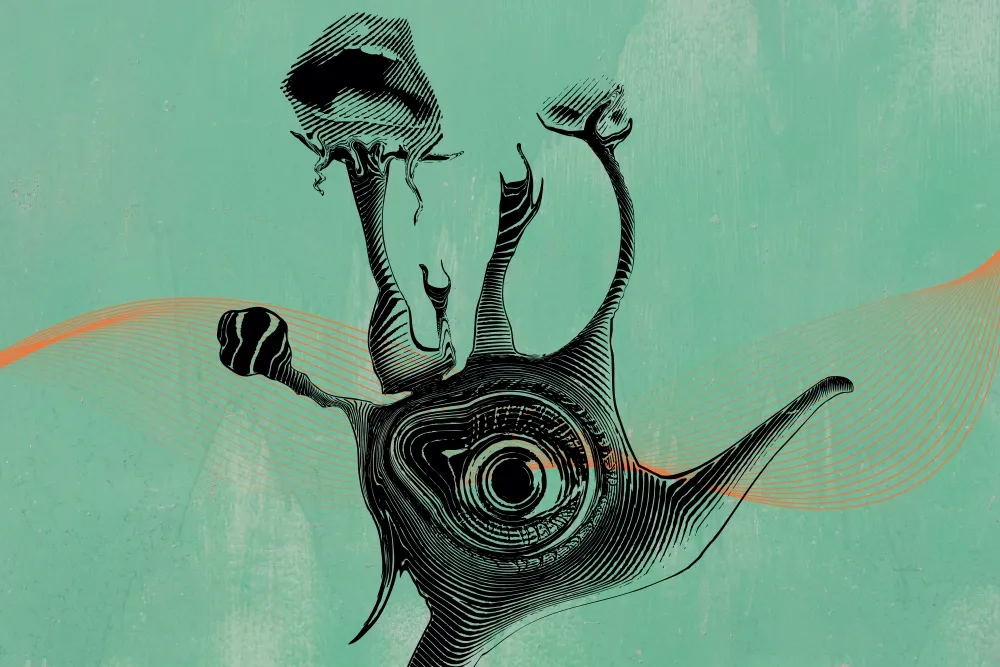
“If you hook [a bunch of] them up and let them get to know each other for a few hours, they will start to sing together,” she said. “They’ll communicate, they will harmonize. It’s like a symphony.”
Joseph likened it to putting two jazz musicians who have never met each other in the same room. “It’s like, alright, you guys, start playing music together,” he said. “At first, it’s going to be a little clunky. And then, as they get to know each other, they start to see where each other’s pockets are and how they can start to fill out each other’s sound.”
Another grower who has spent decades around the plant is Benjamin Lind, co-founder and Chief Science Officer at Humboldt Seed Company. And, while he doesn’t have any experience with biosonification devices the way Katie Jeane and Joseph do, he has seen firsthand how plants—cannabis and otherwise—interact in ways that seem to mimic human awareness and interaction.
There’s a plant called cleome,” Lind said, “that grows these big, sparkler-like flowers with delicate red petals. And if you plant one of those near your cannabis plants, those delicate petals are very sensitive to moisture, so, when it starts to wilt ever so slightly, you know your soil is dry enough to water. It’s like an organic watering wizard.” Not quite the meaning-of-life conversation we were hoping for, but it’s a start.
“There’s also that age-old thing of growing your basil near your tomato plants to make your basil sweeter,” he said. “It’s the same with cannabis. We have an acre of lavender at our farm that we grow, and weʼve definitely noticed that the cannabis seems to respond to being around these other plants by altering its smell. My theory is that it’s responding to the presence of other aromatic hydrocarbons in order to attract pollinators.”
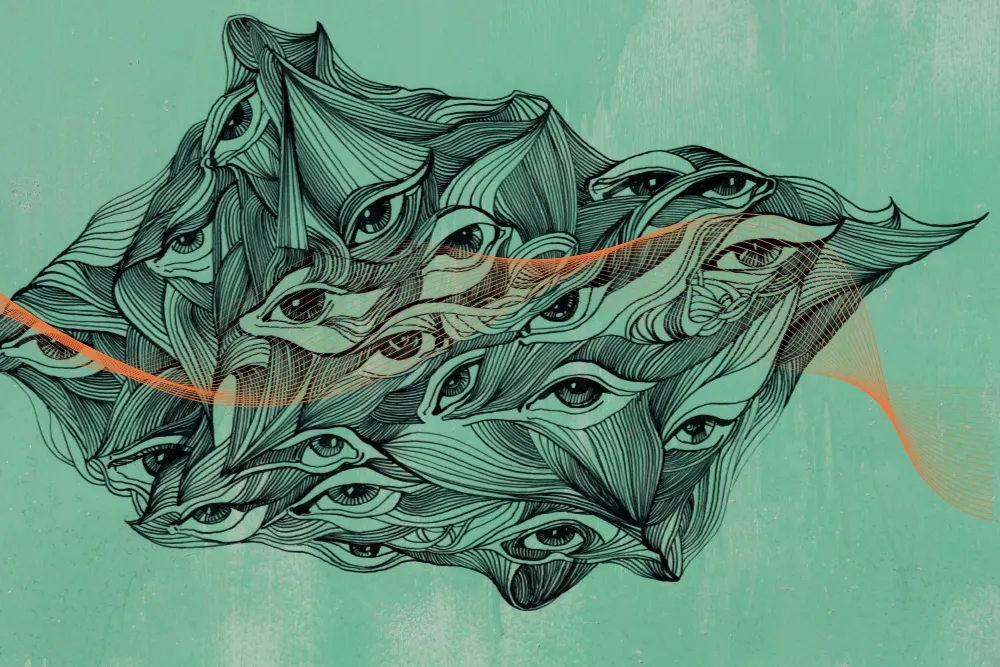
Lind’s theory highlights a reality of plant behavior: what could be consciousness, awareness, or emotion is actually basic botany at work—including the plant-bioelectricity-into-music thing. But Lind described one behavior that, even if it’s grounded in science, makes the cannabis plant feel even more magically aware of its surroundings. It has to do specifically with autoflowering cannabis plants—the kind that don’t require a change in the amount of available daylight to trigger the switch from the vegetative stage to the flowering stage.
“A really interesting thing about autoflowers,” Lind said, “is that they can feel the space their roots are contained in. If you grow it in a small pot, you’ll get a plant that’s small because it felt the edges of its pot and determined that it’s as big as it can get in the space. And, if you plant 100 or 1,000 of them, depending on your spacing, once a plant feels its neighbor, that’s when it decides to flower. They just perfectly fill in a zone and won’t overgrow the area.”
"If you hook [a bunch of] them up and let them get to know each other for a few hours, they will start to sing together..."
- Katie Jeane
Even though The Secret Life of Plants has long been described as leaning into pseudoscientific claims backed by impossible-to-duplicate experiments and today is regarded as something closer to fiction by the botany crowd, the green genie of plant cognition has never been fully stuffed back in its bottle. So, let’s agree for the moment that there truly is something special about these plants that can jam like jazz musicians, acknowledge each other’s elbow room, and get you baked like a birthday cake. Accept that the trees are talking. What might they be trying to tell us? Katie Jeane says she can only speak to her own personal experience, but her takeaway was a message of seeking balance and harmony.
“There was a point in 2015 when I was going in the high CBD direction,” Katie Jeane said about breeding plants on the farm. “And through listening to the song that was coming through the device, the information I received was that high THC and high CBD are actually kind of extremes. And that my work was to bring forward more of a balance. That was the task that was given to me.”
She described the music of a high-THC plant as “sporadic, sort of up and down and kind of all over the place,” compared to “the more surreal heavenly realm” of music coming from a high-CBD plant. “And the more balanced 1:1 [THC:CBD] plant sounded like it was more in the sort of space of the heart,” she said. “A balanced place between the Earth and the Sun.”
“If you were to map a family tree of [Emerald Spirit Botanicals’] genetics, the plant-singing device really sits at the base of it,” Joseph Haggard said. “It inspired Mom to go on this journey of exploring a balanced 1:1 [ratio of] THC:CBD. That led to the development of Harmony Rose and that led her to explore other 1:1 balances with different terpene profiles and minor cannabinoids. That resulted in Pink Boost Goddess—a 1:1 balance of THC and THCV—and more recently Four Directions, which is a cross of Harmony Rose and Pink Boost Goddess and has four different cannabinoids in a 1:1 relationship. Those [cultivars] really stand as the pinnacle of our work.”
You don’t need to take his word for it. Pink Boost Goddess alone has earned them six California Cannabis Award gold medals over the years (including one—in the non-infused pre-roll category for 2025—announced the morning of our interview), two Emerald Cup Awards, and a Farmers Cup, not to mention the Golden Bear at the recent State Fair. And other ESB cultivars, including Emerald CBG and Four Directions, have added to the haul of gold medals.
So, whether or not plant-to-human communication has a basis in science, it has a spiritual basis in the hearts and minds of people like Katie Jeane who can hear the plants sing—and heed their guidance. And the result is as real and quantifiable and tangible as those multiple gold medals—and the jars of inspired Pink Boost Goddess on dispensary shelves.
Adam Tschorn is an award-winning storyteller and former LA Times senior features writer with an MA in journalism from Northeastern. He’s covered fashion, pop culture, cannabis, quirky LA life, and wildlife, hosted video series, and created the paper’s news quiz—all with humor and insight.
During a recent visit to Emerald Spirit Botaincals' farm, we watched as the talented human musician, Totter Todd, did a kind of inter-species jam. After attaching electrodes to multiple leafy green buds, Todd captured some beautiful music. Listen to it here.






